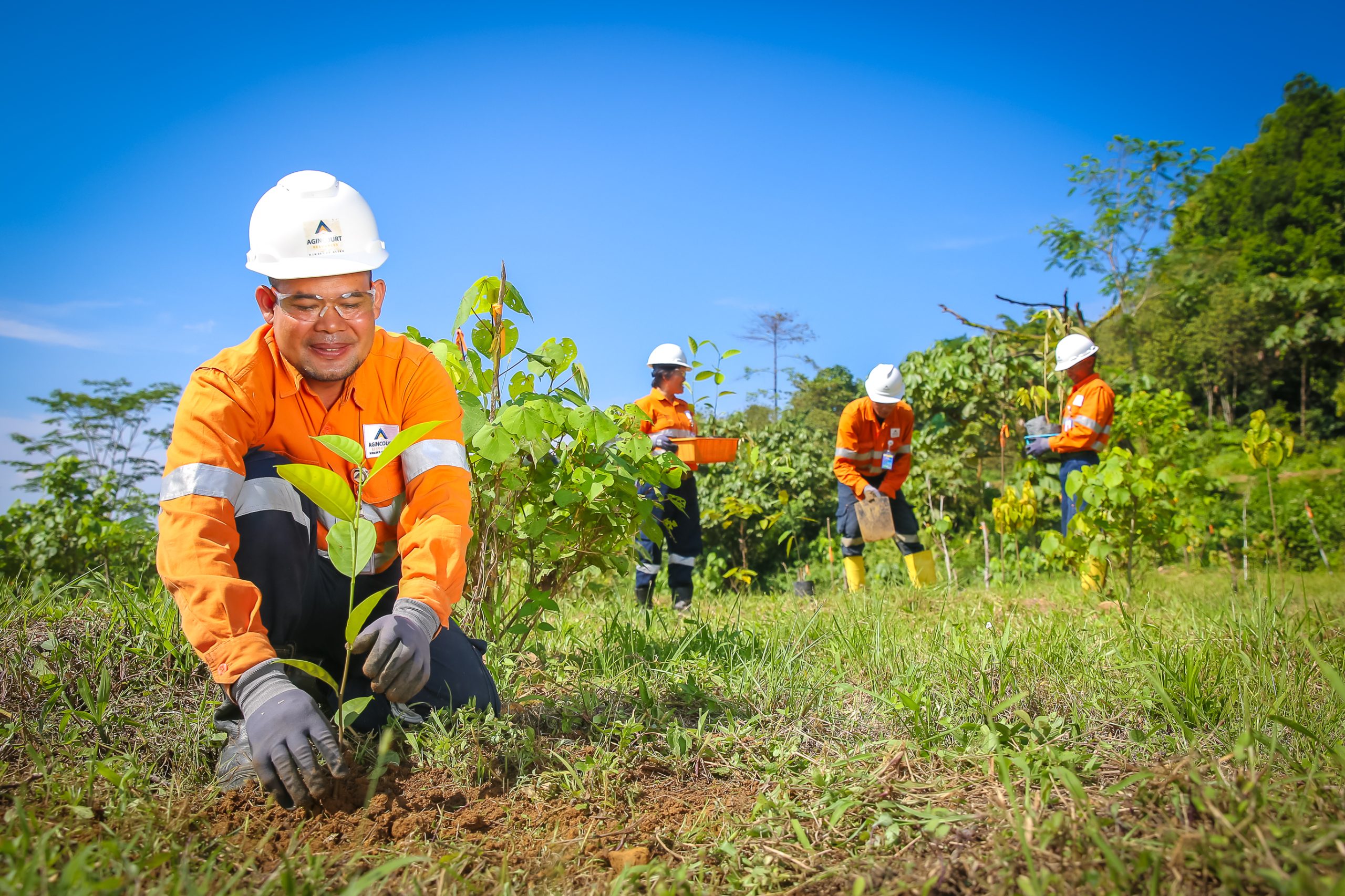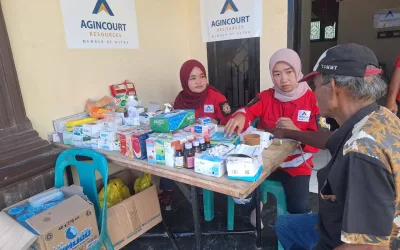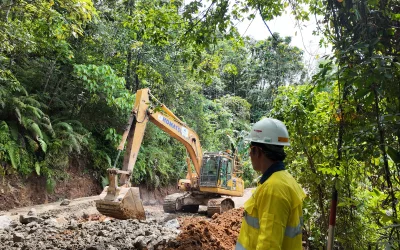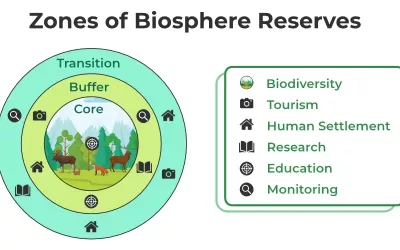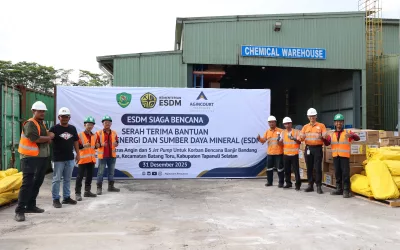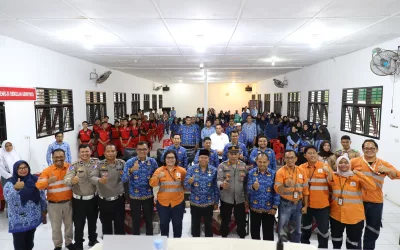Mining activities are generally carried out by digging the ground to a certain depth to find minerals. This of course will cause changes to the landscape and the characteristics of the soil layers.
This condition of post-mining land must be a concern for mining business actors. The government has stipulated special regulations to ensure mining business actors maintain natural sustainability as well as business continuity in the future, including.
- Law (UU) number 32 of 2009 concerning environmental protection and management
- Law number 4 of 2009 concerning mineral and coal mining,
- Law number 41 of 1999 concerning the use of forest areas
- Law No 32 of 2009 concerning environmental protection and management
- Law No. 3 of 2020 concerning amendments to Law No. 4 of 2009 concerning mineral and coal mining
- Government Regulation No. 22 of 2021 on the implementation of environmental protection and management
- Minister of Energy and Mineral Resources Decree No. 26 of 2018 regarding the implementation of Good Mining Principles and supervision of mineral and coal mining
- Ministerial Decree of Forestry No P.43/Menhut-II/2008 on the guidelines for borrow-to-use forest areas
- Ministerial Decree of Forestry Forest No P.4/Menhut-II/2011 on the forest reclamation guidelines
- Minister of Energy and Mineral Resources Decree No. 1827 K/30/MEM/2018 concerning guidelines for implementing good mining engineering principles
These regulations emphasize that mining actors are obliged to restore the condition of disturbed land due. Disturbed land includes ex-mining land and land outside of ex-mining that is no longer used, such as overburdened heaps, raw/production materials stockpiles, transportation roads, processing installations, offices and housing. Efforts to restore the condition of this land are known as reclamation.
Reclamation is an activity aimed at improving or managing the use of disturbed land as a result of mining business activities so that it can function and be efficient according to its designation. Reclamation must be carried out no later than 1 (one) month after there is no more mining activity on the land. There are various final forms of mine reclamation, both in the form of returning vegetation as before mining activities and further development such as the construction of ecotourism areas. This requires careful planning, consistent implementation, and involvement of various stakeholders.
One simple indicator to see the success of post-mining land reclamation is the presence of a well-covered plant canopy, which indicates that soil conditions can support plant growth. However, to obtain these results, long-term efforts are needed, starting from testing soil quality in the laboratory, land management (including closing dug holes and adjusting the slope of the land), providing drainage (to avoid runoff), to selecting and managing plants. Therefore, consistency in the implementation of reclamation and strong commitment from mining business actors is needed. In addition, teaching the various stakeholders about the regulatory and operational technical aspects is also important.
PT Agincourt Resources (PTAR), which is the operator of the Martabe Gold Mine in Batangtoru South Tapanuli, has been planning and preparing for land reclamation since the planning for mining activities was made. PTAR carries out the reclamation in stages. Every time a mining activity is completed at a location, the PTAR Mining Operation department and Environment department immediately take reclamation action.
Previously, when clearing land, PTAR carefully stored and maintained topsoil. This topsoil will later be used again on the reclaimed land, as a medium for the growth of reclamation plants. Then, the PTAR Environment department periodically grows certain plants to prevent erosion and sedimentation over land clearings. After that, they planted LCC (legume cover crops), fast-growing pioneer staple crops, and then planted local plants and fruits. This process continues until the mine is closed and all land is reclaimed, and ready for handover to the government.
Currently, as of the end of 2022, of the 567.52 hectares of PTAR mining land, an area of 32.71 hectares has been reclaimed and the reclamation guarantees of several areas have been returned 100% by the government. In 2023, PTAR’s reclamation target is 4.72 hectares. This target increases to 11.96 hectares in 2024, and, in 2025, the target will be 11.3 hectares.

